Your heart is the hardest-working muscle in your body. It pumps blood 24 hours a day, seven days a week, for as many as nine or 10 decades without a break. For thousands of years, people have thought of the heart as intertwined with the soul, due to the organ’s faithful beating and power to keep us alive. Here are a few fascinating facts about the human heart.
The Human Heart Pumps About 5 Liters of Blood per Minute
The average resting heart rate for an adult is 60 to 100 beats per minute. With each beat, 55 to 80 milliliters of blood are pushed from the right and left atria through valves to the right and left ventricles, and then out to the lungs and other parts of the body. A person’s total cardiac output is determined by multiplying the number of beats per minute and the volume of blood pumped per beat. While the heart of an adult sitting on the couch moves between 5 and 6 liters of blood every minute, an elite athlete in a 100-meter dash might pump up to 35 liters in that time.
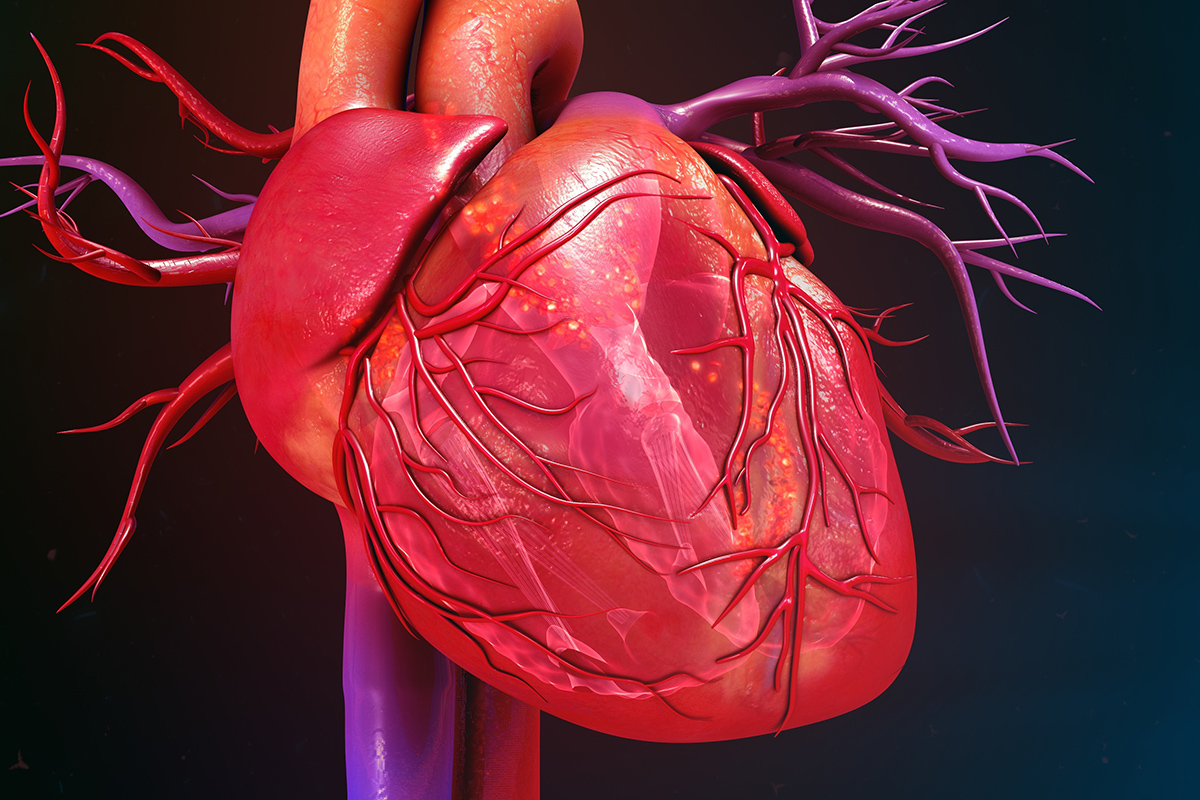
The Heart and the Soul Have Been Connected for Millennia
Ancient philosophers in Egypt, Greece, the Islamic world, and elsewhere believed the heart was the “seat” of the human body and the home of the soul. When preparing a corpse for mummification, Egyptian embalmers removed every organ except the heart. The influential Greek physician Galen wrote that the heart was “the hearthstone and source of the innate heat by which the animal is governed,” a concept that lingered well into the 17th century.
In contrast, Norse people believed the physical characteristics of the heart revealed a person’s courage or cowardice, and the smaller and colder it was, the braver its owner. Though English physician William Harvey discovered the heart’s true physiological role in the circulatory system in 1628, the metaphysical links between the heart and soul remain strong in the minds of many.
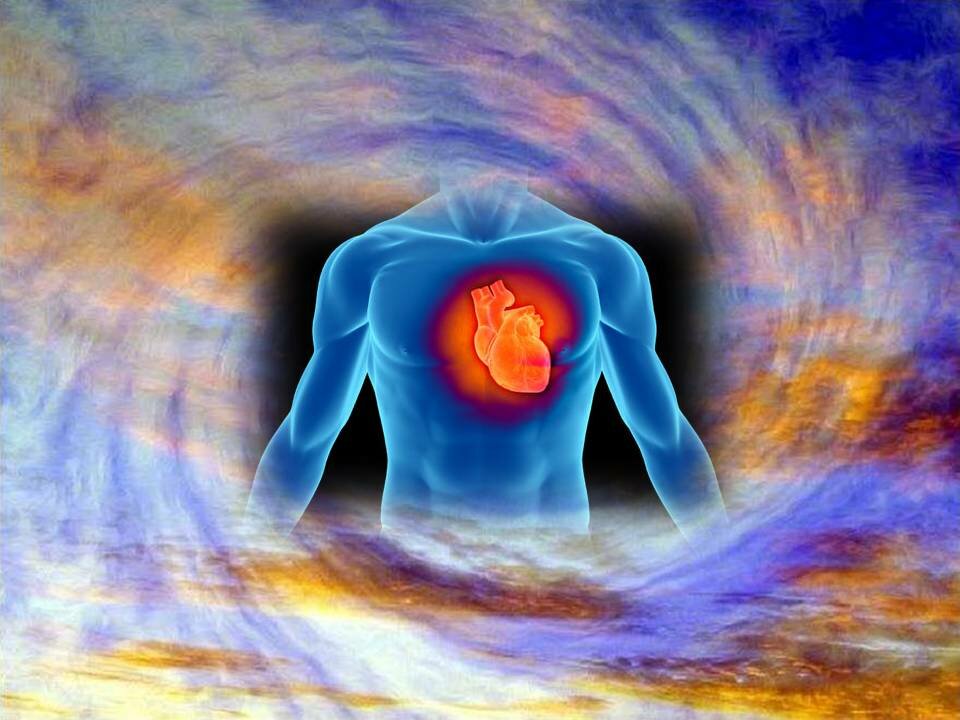
It’s a Myth That Heart Rate Can Reveal the Sex of an Unborn Baby
The heart is the first organ to develop in a human embryo. The earliest rudimentary form of the muscle, called the tubular heart, starts beating about three weeks after conception. By the fifth week of gestation, a healthy fetus’s heart rate averages 110 beats per minute, increasing to 170 beats by the ninth week. It slows to 150 beats on average by the 13th week. It was once thought that an unborn baby’s sex could be determined based on its heart rate as detected by an ultrasound, but studies have shown there is no significant difference between boys’ and girls’ fetal heart rates.
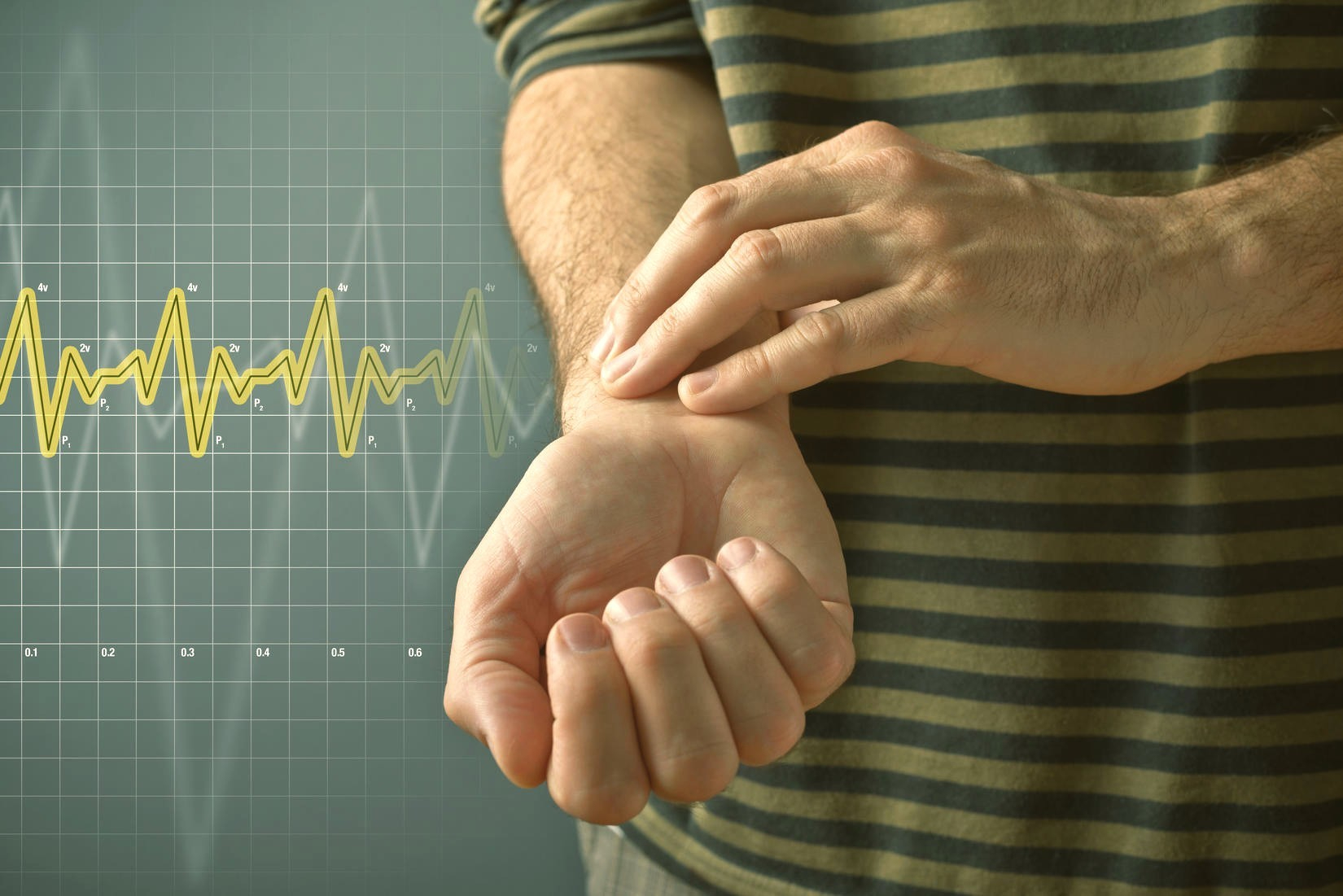
The Human Heart Runs on Electricity
The heart’s cardiac conduction system — specialized cells that work like an electrical generator — tells the heart when and how fast to beat. First, pacemaker cells in the sinoatrial (SA) node send out an electrical signal that cascades down the left and right atria, causing the chambers to contract. That squeezes blood through the mitral and tricuspid valves into the left and right ventricles. Another group of pacemaker cells in the atrioventricular (AV) node sends out another signal telling the ventricles to start contracting, which pushes the blood through two more valves and out to the body. Then the SA node shoots out a fresh signal, and the process repeats.
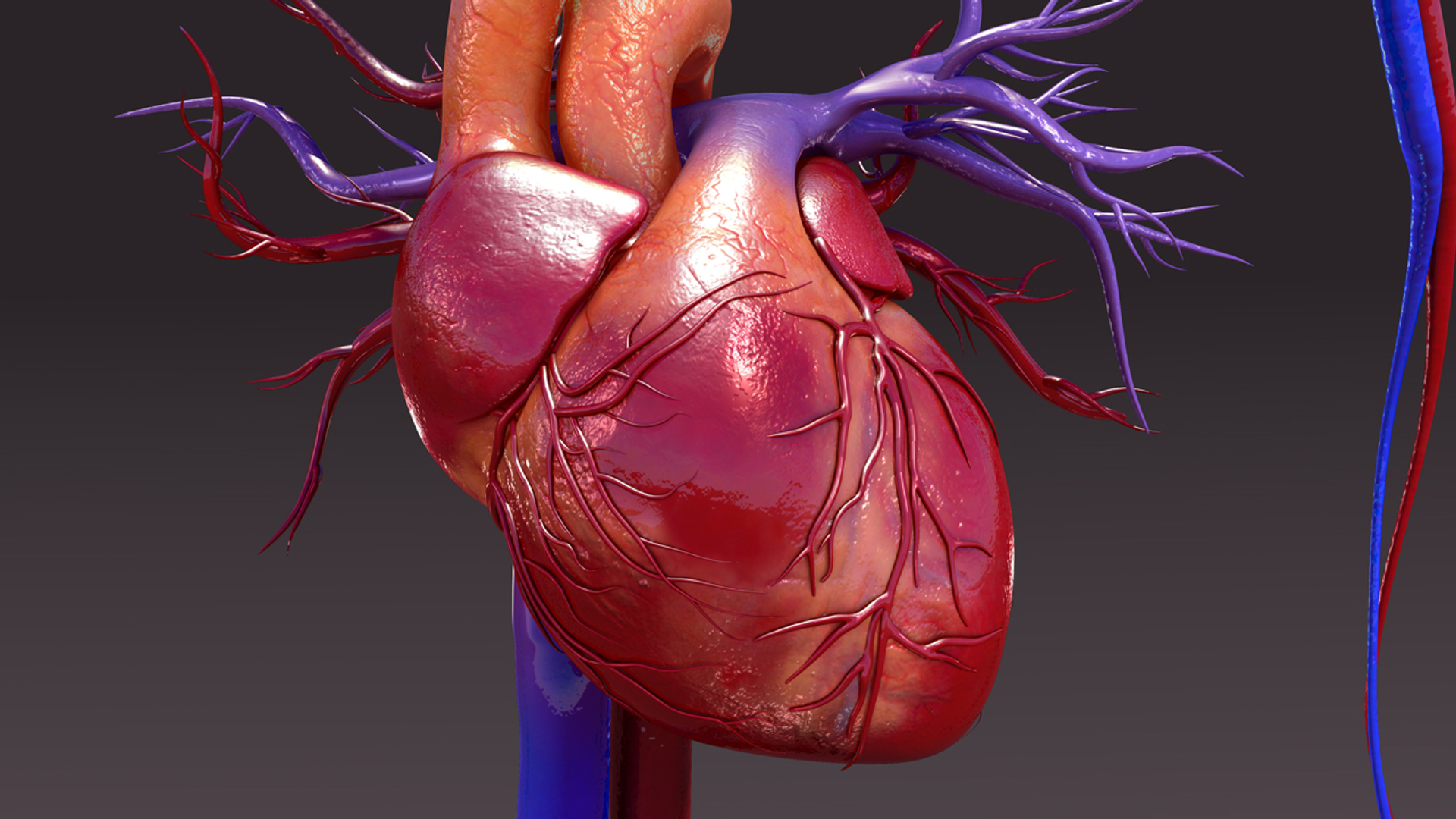
Mary Shelley Kept Her Husband’s Heart After His Death
Speaking of Frankenstein: The novel’s author, Mary Shelley, had her own brush with a disembodied heart. Following the drowning death of her husband, poet Percy Bysshe Shelley, his body was cremated — but his heart allegedly did not burn. It was retrieved from the fire and given to Mary Shelley, who kept it in her writing desk. It was finally buried with the body of their son, Percy Florence Shelley, in 1889.
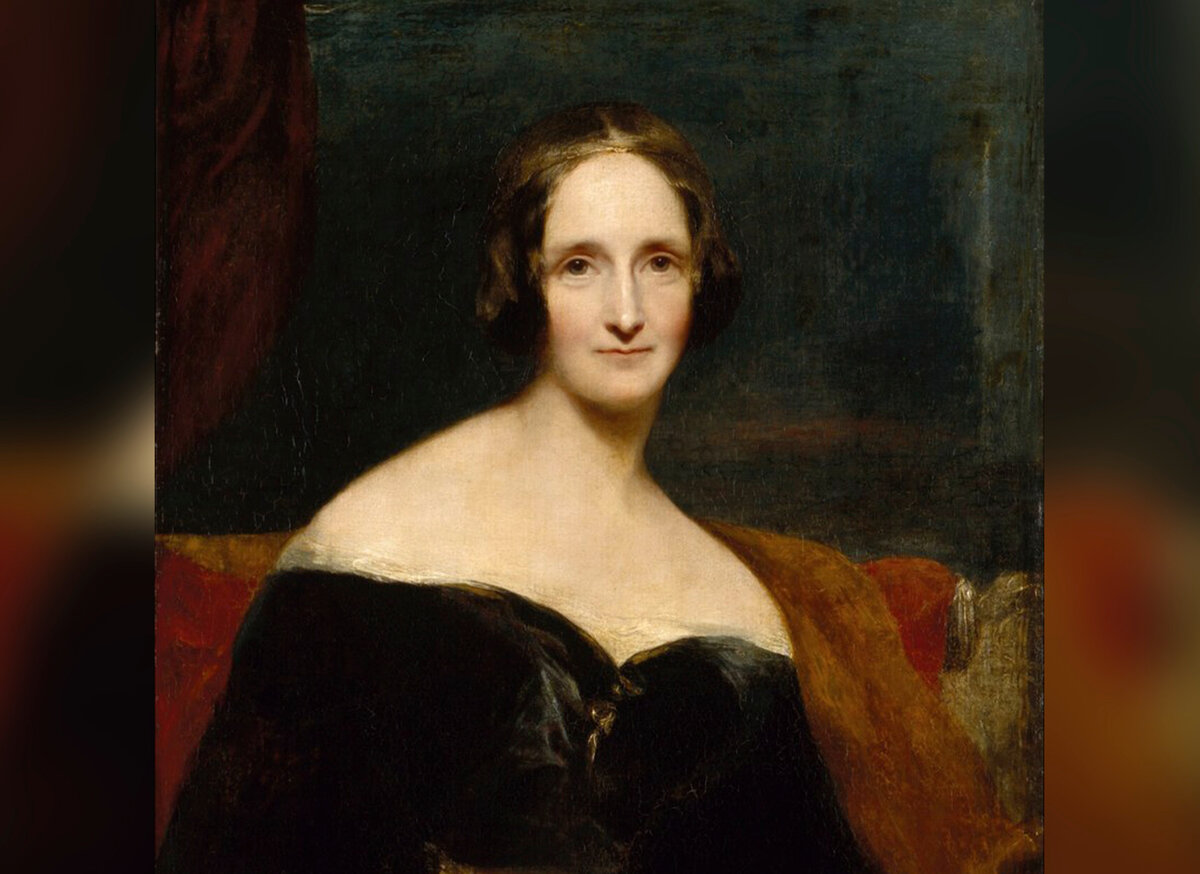
Scientists Have Grown a Beating “Mini-Heart” in a Lab
In a slightly Frankensteinian breakthrough, Austrian researchers built a fully beating “mini-heart” in a laboratory in 2015 to learn more about how the human heart develops in utero. The sesame seed-sized organoid, designed to mimic the activity of a 25-day-old human embryo’s heart, was meant to give researchers a better model for studying how congenital heart defects occur. Previously, experiments had relied on animals.
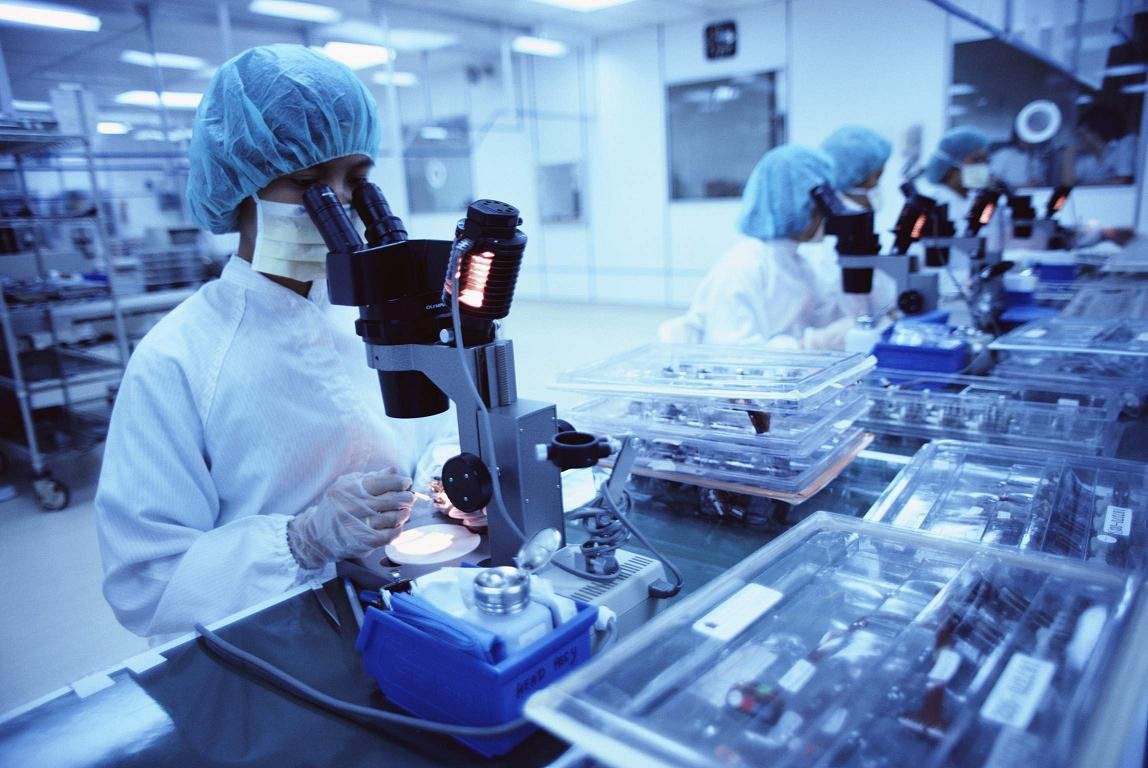
The World’s First Successful Human Heart Transplant Was a Worldwide Sensation
Surgeons in the U.S. and Europe began to conduct heart transplants in animals in the early 20th century, but the first procedure on a human subject didn’t take place until 1964. In that operation, a chimpanzee’s heart was transplanted into a critically ill man who did not survive for long. Three years later, the first successful human-to-human heart transplant was performed at a South African hospital by Dr. Christaan Barnard and his team.

